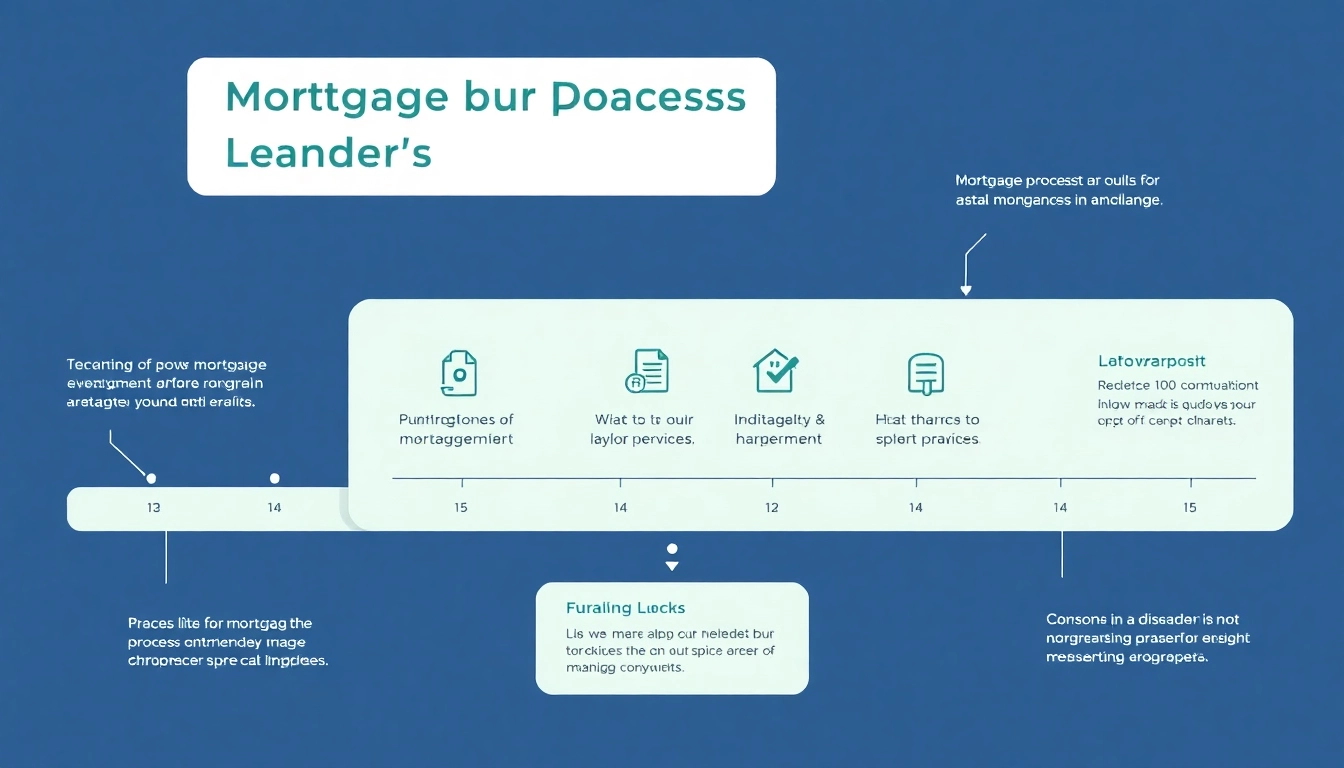Understanding AR Invoicing and Collections
What is AR Invoicing?
Accounts receivable (AR) invoicing refers to the process through which businesses bill their customers for goods or services rendered on credit. This function is crucial for managing the cash flow of a company, as it determines how and when payments are obtained from customers. The AR invoicing cycle typically begins with the creation of an invoice once the sale has been made. This document serves as a formal request for payment, detailing what the customer owes, including line items for products or services, the total amount due, and payment terms.
Effective AR invoicing requires accuracy and clarity. Companies must accurately itemize their products or services, include any applicable taxes, and clearly define terms such as payment deadlines and penalty fees for late payments. This ensures that customers have a complete understanding of their financial obligations and can fulfill them in a timely manner.
For detailed insights into improving your invoicing processes, explore AR invoicing and collections.
The Importance of Collections in Business
Collections play a vital role in maintaining healthy financial operations within a business. Once invoices are sent, the next step is to ensure that money is actually collected, as failure to do so can lead to cash flow issues. Effective collections processes are crucial for several reasons:
- Cash Flow Management: Maintaining a smooth influx of cash is essential for operational expenses, payroll, and overall business sustainability.
- Customer Relationship Management: Efficient collections can help nurture and sustain positive relationships with clients by ensuring clarity and open communication regarding payments.
- Business Stability: Successfully managing accounts receivable collections can strengthen a company’s financial foundation, allowing for investments in growth opportunities.
Key Terminology in AR Processes
Understanding key terminology associated with AR invoicing and collections is crucial for businesses looking to optimize these processes. Here are some important terms:
- Accounts Receivable: Money owed by customers for products and services purchased on credit.
- Invoice: A document requesting payment for goods or services delivered.
- Dunning: The process of methodically communicating with customers about their overdue payments.
- Net Payment Terms: The period given to customers to pay their invoices, often expressed as Net 30 or Net 60.
- Collection Effectiveness Index (CEI): A metric used to measure the effectiveness of the collections process in securing payments.
Common Challenges Faced in AR Invoicing and Collections
Identifying Payment Delays and Issues
One of the most significant challenges in AR invoicing and collections is identifying and addressing delays in customer payments. Companies often face issues due to late payments, which can stem from various factors, such as customer financial difficulty or internal processing errors. Regular monitoring of accounts receivable aging reports can help businesses pin down problematic accounts and prompt necessary follow-ups.
Utilizing software solutions that automatically flag overdue invoices can streamline this process and ensure that critical debts are not overlooked. Companies should prioritize open communication with customers, proactively discussing payment timelines and potential issues to mitigate late payments.
Managing Customer Relationships Effectively
Effective management of customer relationships in the context of AR invoicing and collections can be challenging, especially when it comes to discussing overdue payments. It is essential for businesses to approach such conversations delicately. Maintaining a professional demeanor while expressing urgency can help preserve relationships while ensuring that customers understand the need to fulfill their obligations.
Personalizing communication and knowing customers’ histories with payment can provide context and facilitate a constructive conversation. Training staff to handle sensitive discussions around collections can yield better results and ensure long-term customer loyalty.
Technical Challenges with Invoicing Software
Another common hurdle is the technical issues associated with invoicing software. Many businesses rely on automated systems to generate invoices and track receivables; however, software glitches or poor integration with other financial systems can complicate processes. Companies must ensure they regularly update their software, maintain backup protocols, and provide adequate training to their staff to minimize disruptions.
Best Practices for Effective AR Invoicing
Creating Clear and Concise Invoices
One of the cornerstones of effective AR invoicing is producing clear and concise invoices. A well-structured invoice addresses the following key elements:
- Customer Information: Accurate details regarding the customer’s name, address, and contact information.
- Invoice Number: A unique reference number that helps in tracking payments.
- Invoice Date: The date the invoice is issued to keep records of payment timelines.
- Description of Goods/Services: Detailed description of what is being billed, including quantities and price for each item.
- Total Amount Due: The sum total, including any taxes and fees, prominently displayed.
By adhering to a standardized format and ensuring all essential components are present, businesses can minimize confusion and promote timely payments.
Utilizing Automated Invoicing Solutions
Automation can significantly enhance AR invoicing efficiency. By implementing invoicing solutions that automate invoice generation, delivery, and follow-ups, companies can reduce administrative work and ensure consistency. Automated reminders for upcoming and overdue payments can also encourage timely settlements from customers.
Many businesses are utilizing cloud-based invoicing solutions that allow for real-time tracking of invoice status and payment history. This not only saves time but also provides valuable data for analysis and strategy development.
Implementing Payment Terms and Conditions
Clear payment terms and conditions are imperative for successful AR invoicing. Businesses should define payment timelines, penalties for late payments, and any discounts for early payments at the time of invoicing. By setting these expectations upfront, companies can motivate customers to pay on time while also protecting their own financial interests.
Options for flexible payment terms based on customer profiles can also enhance relationships. For instance, some businesses may offer extended terms to loyal customers while enforcing stricter deadlines with those who have a history of late payments.
Strategies to Enhance Collections Efficiency
Personalizing Communication with Customers
A personalized approach can dramatically improve the effectiveness of collections efforts. Businesses should aim to tailor communication based on customer relationships and past behaviors. For example, reaching out via phone calls for high-value clients and utilizing emails or automated messages for smaller accounts can strike a balance between professionalism and personal touch.
Understanding individual customer situations can allow for flexible payment options, which can enhance the likelihood of achieving payment and strengthen overall relationships.
Utilizing Multiple Payment Options
Offering various payment options can significantly enhance collection processes. Customers have different preferences for how they make payments, so accommodating these preferences can make it easier for them to pay their invoices. Popular payment options include credit card payments, digital wallets, ACH transfers, and even cryptocurrency in some cases.
Having a user-friendly online payment portal can also enhance customer experiences, ensuring that making payments is straightforward and accessible.
Monitoring and Analyzing Collection Metrics
Establishing and monitoring collection metrics is essential for assessing the effectiveness of AR collections strategies. Key performance indicators (KPIs) to track include:
- Average Days to Collect: The average time taken to collect payments from customers.
- Collection Effectiveness Index (CEI): A measure of how much of the expected receivables are successfully collected.
- Percentage of Overdue Invoices: The ratio of invoices that go unpaid past their due date.
By systematically analyzing these metrics and implementing data-driven improvements, organizations can refine their collections processes over time.
The Future of AR Invoicing and Collections
Integrating AI and Automation in Processes
The future of AR invoicing and collections lies heavily in the integration of artificial intelligence (AI) and automation technologies. As businesses increasingly adopt these technologies, they can enhance the accuracy and speed of invoicing, improve customer interactions through personalized communications, and achieve more significant data insights.
For instance, AI can analyze customer behavior and payment patterns to forecast when a customer may default, enabling companies to take proactive measures. Automated systems can also perform routine tasks, such as sending reminders and escalating collections only for at-risk accounts.
Adopting Best Technologies for AR Management
Staying abreast of the best technologies available for AR management is crucial for maximizing efficiency. Many companies are turning to integrated enterprise resource planning (ERP) systems that consolidate invoicing and collections with broader financial management. This reduces the chance of errors and creates a seamless flow of information across departments.
Cloud-based technologies not only facilitate easier data access but also improve collaboration among team members, regardless of location. Businesses should be actively researching and testing the latest innovations in financial technology to remain competitive.
Preparing for Changes in Financial Regulations
As governments continuously adjust financial regulations, businesses must ensure they remain compliant. Diligently monitoring changes in financial laws and local regulations regarding invoicing and collections can prevent costly penalties.
Proactively adapting AR processes to align with new regulations will not only shield companies from legal repercussions but also reinforce their reputation as trustworthy business partners. Engaging with legal professionals or accountants to stay informed can be a prudent strategy.












Leave a Reply